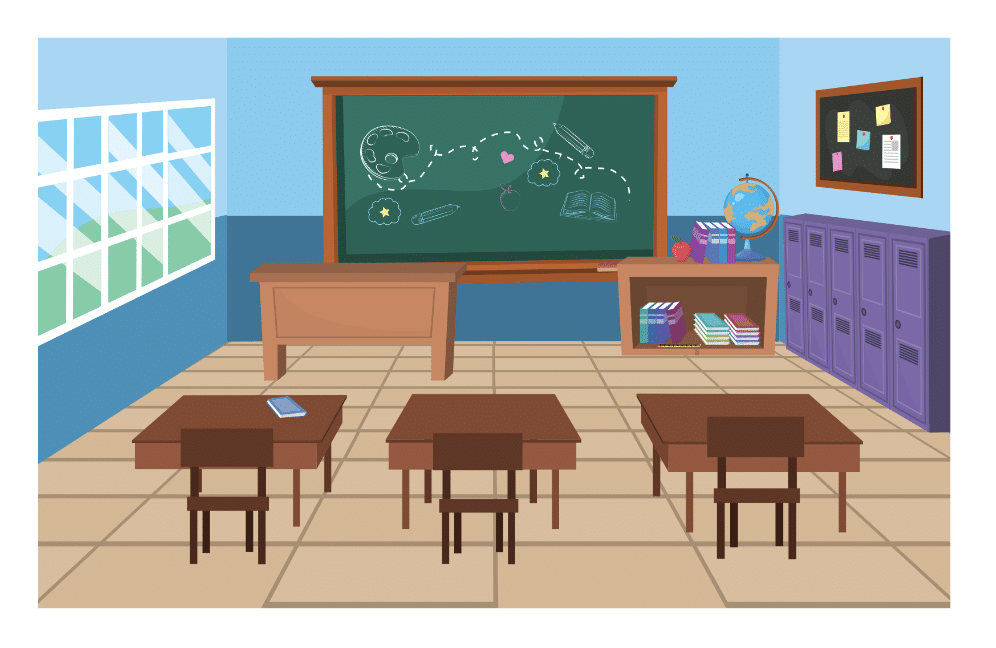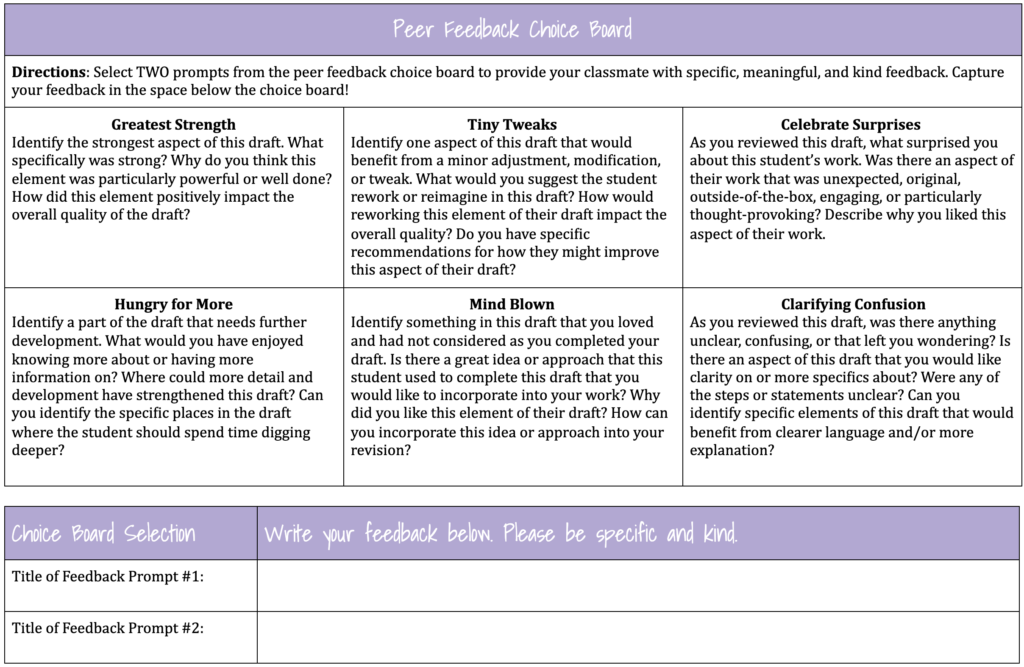
Social-Emotional Learning Part V: Social Awareness
This is the remaining site in this social-emotional learning (SEL) collection designed to produce clarity about the five SEL core competencies discovered in the CASEL Framework and how to create these techniques in your classroom. I think SEL abilities really should be built-in into our curriculum and course tradition, not dealt with as an insert-on or different from the learning in our lecture rooms. Cultivating SEL capabilities gains tutorial good results, psychological wellbeing, top quality of associations, self-regulation, and classroom administration. So, the time we commit in producing these social-psychological learning skills will spend dividends above a college year.
This remaining blog focuses on social awareness and aiding learners to value the variety of people today, perspectives, cultures, and social norms all over them.
What is social awareness?
CASEL defines social consciousness as the means to “realize the perspectives of and empathize with some others, such as those from numerous backgrounds, cultures, and contexts.” Social awareness features the skill to:
- Take another man or woman’s point of view and appraise a problem from their issue of look at
- Display empathy and compassion for others
- Realize and take pleasure in other people today’s strengths and clearly show gratitude
- Recognize different social norms and how they effect people’s behaviors in distinctive options and situations
- Evaluate the calls for and opportunities offered by distinct scenarios

To help college students cultivate social consciousness in lecture rooms, educators must contemplate the next concerns:
- How usually are learners requested to take into account other views and examine why a certain person or team may possibly experience or behave a sure way?
- How am I helping college students to realize other people’s ideas and feelings to build compassion and empathy?
- Am I encouraging college students to learn about the a variety of social norms at enjoy in our university or the greater local community and how they influence the way individuals behave in a given condition?
Advantages of Creating Social Awareness
Heightened social recognition can cut down friction and assistance college students to appreciate their friends’ views and strengths, earning collaboration and group operate positive and successful. Exploration suggests that acquiring social awareness can:
- Reduce feelings of distress and disappointment
- Positively affect classroom management and the good quality of college student interactions
- Boost the learners’ perceptions of on their own and other folks (Durlak, Weissberg, Dymnicki, Taylor & Schellinger, 2011 Taylor, Oberle, Durlak & Weissberg, 2017).
So, how do we assist college students develop social recognition?
3 Techniques Designed to Support Pupils Establish Social Consciousness
Technique #1: Cross the Line
Cross the Line is an exercise intended to support college students value the variety of encounters held by a group of men and women. It highlights the similarities and dissimilarities among people and their everyday living activities. This action allows learners comprehend the effects of prejudice, stereotypes, and bullying.

The activity demands a large degree of belief concerning the teacher or facilitator and the learners included. The pupils line up versus 1 aspect of a home or open space (e.g., lawn, health club). Then the instructor or human being facilitating the exercise reads a series of statements, ranging from the fairly innocuous “You engage in a sport” to the far more individual kinds such as, “You have been picked on our bullied at faculty.” Right after each and every assertion, students who have had that expertise walk throughout the Line and stand struggling with the other aspect of the room. As pupils stand dealing with just about every other, they can see who has had a similar or different expertise from them. This can assist them build empathy and compassion for 1 an additional.
Following the work out, inquiring students to reflect on their ordeals is important. You can motivate them to generate or attract their reflections. Irrespective of the approach you use, supply college students with prompts to manual their reflection.
- What did you understand about oneself and your peers as you crossed the Line?
- What was most stunning?
- Which statements ended up most distressing presented your past experiences? Were being there moments when it was tricky for you to cross the Line?
- How did what you realized about your friends effect how you will handle the other customers of this class?
This workout can be emotional for students, but it is a impressive approach for increasing awareness about the other individuals in their course community. Procedure Regard has a useful resource that lecturers can reference to study much more about this action.
Strategy #2: 4-Corner Discussion
The 4-corner debate system assists college students recognize the assortment of views and opinions in a course. All through this activity, each and every corner of the classroom is labeled: 1) strongly concur, 2) concur, 3) disagree, and 4) strongly disagree. The teacher will read through statements like, “Most folks are good,” “The United States must restrict immigration,” or “Solar electricity is the most promising renewable electrical power resource.” Learners take into consideration their point of view on the statement and stand in 1 of the 4 corners of the classroom that aligns with their level of check out.

Immediately after pupils have clustered in the corner that aligns with their pondering, the instructor facilitates a share-out, inviting college students in each corner to share their views. The aim is to help pupils take pleasure in distinctive details of see and have an understanding of how a particular person’s lifestyle, earlier ordeals, and track record have formed their thinking about different subject areas.
Like the Cross The Line activity, the 4-corner discussion ought to be followed by a reflective follow to encourage students to imagine extra deeply about the expertise.
- What factors did your peers make that you experienced not thought of just before?
- Did your considering about these statements or challenges shift or change as a end result of this exercise?
- How has your life knowledge impacted your ideas about these statements or subjects?
Tactic #3: Peer Feedback
Peer feedback can aid college students to recognize and recognize each individual other’s strengths and exhibit compassion. Much too normally, suggestions is considered as a “trainer accountability.” Nevertheless, in a understanding local community, all associates should enjoy a role in giving considerate and substantive opinions.
Peer feed-back is most productive and constructive when it is concentrated. To guarantee pupils are productive in recognizing each individual other’s strengths and providing every single other with specific suggestions for enhancement, they have to have clear recommendations for providing opinions.
Instructors can use sentence frames to structure centered suggestions, give students with a selection board of possibilities for how they can answer to their peers, or they can renovate a rubric into a vehicle for peer feedback.

If you want to master more about how to construction peer responses, look at out this blog site.
We have an option to solution this university 12 months in different ways with a focus on building powerful learning communities and helping college students to build the capabilities needed to thrive socially and academically. Cultivating social-psychological studying capabilities can occur in the context of our curriculum to deepen our students’ comprehending of them selves, the information, and their communities.
